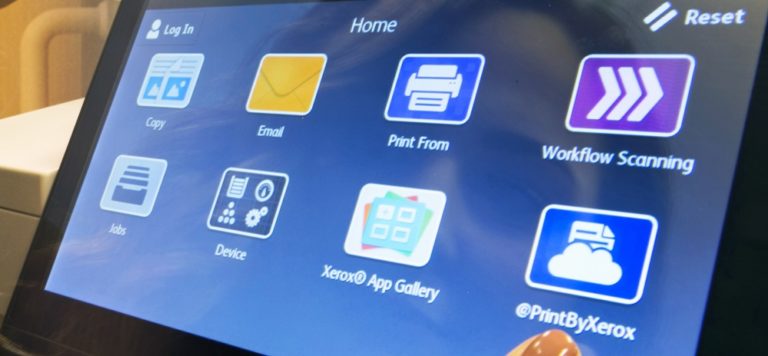By Steven Laird
(From the editor: This is an excerpt from an article that was originally posted on LinkedIn Pulse. All photos courtesy of Steven Laird. )
)
It’s not unusual for a personal experience to point out broader lessons for businesses. When I put my house on the market last month, I saw two wildly different approaches to winning a customer – and only one worked.
We had three or four realtors lined up to talk to, and arranged for the first one to come by and discuss the plan to market and sell the house. “Doug” however did nothing to ease our anxieties – in fact, he ramped them up. After he left, we both felt depressed, angry, as though none of our hard work amounted to anything.
By chance, another realtor’s flyer arrived in the mailbox. “Abbie” lived in the neighborhood, was a rep for the largest broker in the area, and came with a minor recommendation – our neighbor knew her husband slightly, crossing paths every so often when walking their dogs.
So we gave Abbie the chance to come by to see what her take on the job was.
At the end of the walk-through and interview, she had the listing. The difference between her approach to a prospective client and Doug’s approach was like the difference between a life sentence and a felony charge dismissed. We cancelled the other interviews.
Here’s what happened, and why it’s so simple to get your prospect’s business when you show that you’re really involved, that you care about the business, and that your customer is more than just a transaction.
Life is not like a box of chocolates – but chocolates help
Doug showed up with a business card, didn’t remember that he’d talked with us before, and proceeded right away with a tour of the house. Abbie showed up with a box of chocolates, showing appreciation for considering her for our business. Now, a box of chocolates itself isn’t going to sway anyone to do business with you. But the gesture said clearly that she knew we were about to go into a stressful situation (listing, open houses, tours, appointments, pre- and post-offer paperwork, and the whole period of wondering if anyone’s going to make an offer at all), and that, for a moment, we could take some time out and enjoy something frivolous.
Lesson here is: Know – and try to ease – your customer’s pain right up front.
Apples and oranges
 Doug then sat with us and pulled out his list of “comps” – homes that sold recently in the area that were “comparable” to ours — though they were all smaller. Abbie sat with us and pulled out her list of comps — pointing out that, in fact, not one was comparable to ours in area, style, and presentation. House after house on her list (pretty much the same as Doug’s) was described as a 2-story home, when in fact they were only a story and a half. Ours is two. She’d also been in some of them, and knew they didn’t have the space and features of ours.
Doug then sat with us and pulled out his list of “comps” – homes that sold recently in the area that were “comparable” to ours — though they were all smaller. Abbie sat with us and pulled out her list of comps — pointing out that, in fact, not one was comparable to ours in area, style, and presentation. House after house on her list (pretty much the same as Doug’s) was described as a 2-story home, when in fact they were only a story and a half. Ours is two. She’d also been in some of them, and knew they didn’t have the space and features of ours.
It’s one thing to do a run-of-the-mill job on your research before the discussion; quite another thing to really dig into the weeds and make sure you know what you’re talking about.
Still life with flowers
Doug’s plan was to give us the name of some stagers, that we’d have to pay for. Then he’d get the photos done and posted to the standard static MLS site. Abbie said she has a stager who works with her, one she pays for, and that all would be taken care of – we didn’t need to do anything more, it was all over to her now. She arranged dates for staging and for her photographer to come in, after which she posted them to a website URL built from our address, and the photos would include a “virtual tour.”
In doing the work for your prospect, don’t make them do it all themselves, and don’t nickel-and-dime them over things that you should take care of as part of your service.
The result of all this care was – two offers over the weekend, both above asking price. Within a week, we had a “sold” sign on the lawn.
And as a final gesture of goodwill, Abbie asked the name and address of the neighbor who’d mentioned her name to us. Later I got a call from him, to say Abbie had sent him a handwritten note thanking him for the reference, and giving him a coupon for tickets to a show.
When he sells, I wonder who he’s going to think of first?
Subscribe to this blog and receive email updates when we publish a new article.



